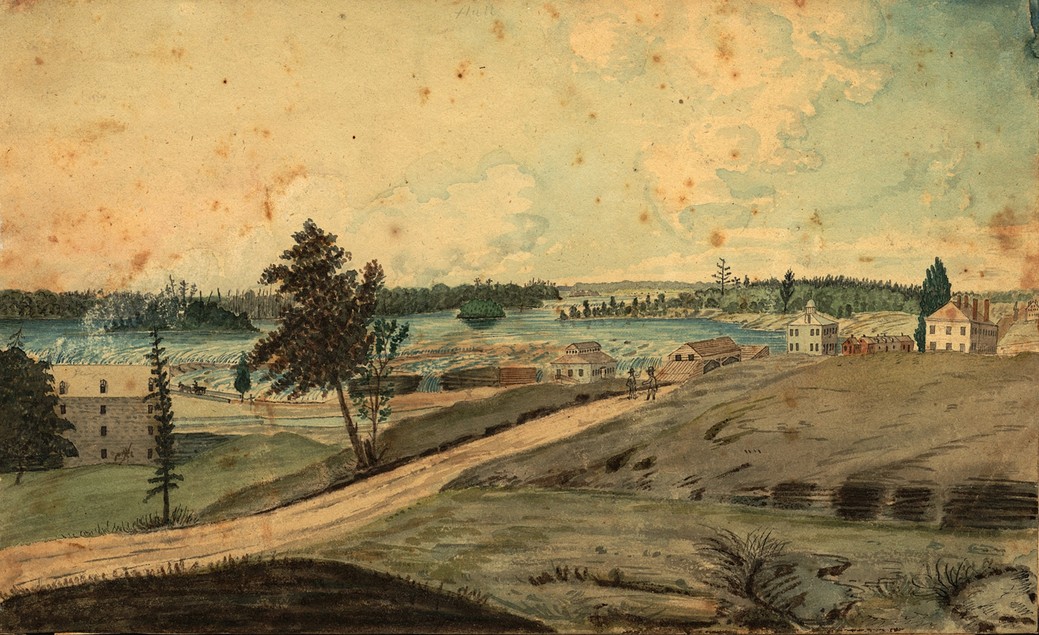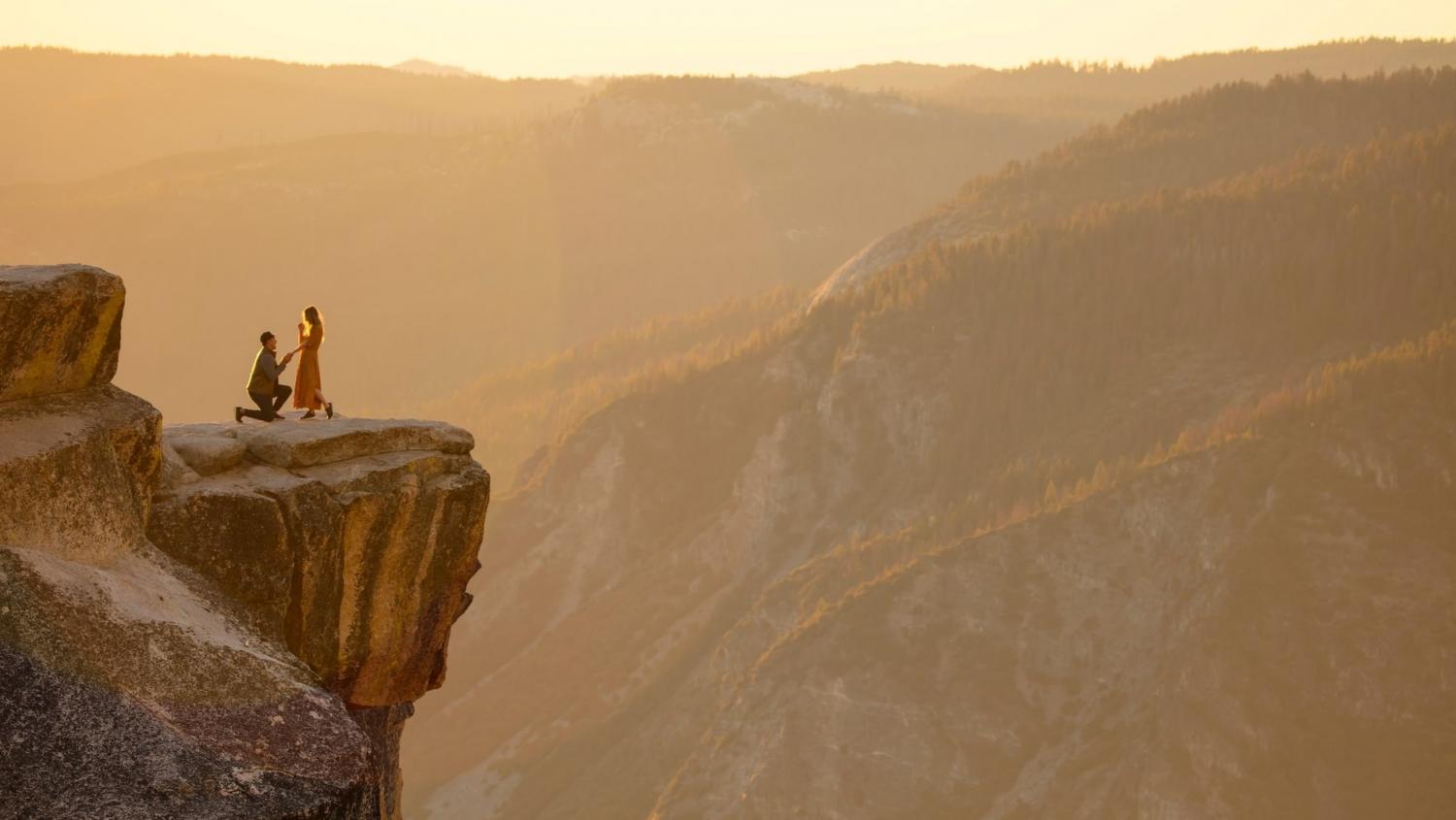
Before Bytown – Part 2
Watercolour of Wrightstown in 1830. (Archives of Ontario C10006)
On the 18th of June, 1812, the United States declared war on British North America, leading to a two and half year conflict and indirectly to the founding of Ottawa. The City was formed alongside the Rideau Canal, as the British searched for a more secure way to transport troops to the interior. However, you’ll find that the full story was much more complex, and much more interesting.
Ottawa’s First Settlers:
Bytown was officially laid out and founded as a town 1826, at the same time that work was beginning on the Rideau Canal. However, sometimes ‘official’ records can actually hide the truth.
In reality, by 1826 there were already hundreds of settlers living in what would be present-day Ottawa.
Bytown is almost always depicted as being an outpost in the wilderness; a frontier town surrounded by nothing but rugged land and trees. That description really belonged to the town across the river.
In 1799, an American named Philemon Wright traveled north of the border to inspect and survey a parcel of land on the north shore of the Ottawa River. He did so by “climbing to the tops of one hundred or more tall trees, to view the situation of the country.”

He would established a small village here, right at the Chaudière Falls. The village was known as Wrightstown, but today we know it as Hull, and it is still laid out based on Wright’s tree-top survey over two-hundred years ago.
Philemon Wright was a larger than life character, and was the true godfather of Ottawa. He embodied the pinoeering spirit as fully and emphatically and anyone who has ever lived.
He arrived in the untamed wilderness with five other families, 25 labourers, 14 horses, eight oxen, seven sleighs, and a modest number of tools. He inexplicably decided to make the trip in the middle of the winter, arriving at the Chaudière falls on March 7, 1800.
By 1806, Wright’s settlement, now known as Wrightstown, was experiencing financial difficulties. Being so remote, the settlers were forced to travel long distances to use different mills. That, or build the mill themselves, which they often did. Either way, it was expensive.
To bring more income into his settlement, Philemon Wright decided to single-handedly found the Ottawa valley lumber trade. In 1809, he spent two months floating the first-ever raft of square timbers down the Ottawa river, and up the St. Lawrence to Quebec City. No one had thought it was possible, because of the ruggedness of the Ottawa river. But, Philemon Wright never let that stop him.
John McTaggart, a Royal Enginner who worked on the canal project, even claimed that it was Philemon Wright who first suggested the idea of the Rideau Canal. He described Wright’s importance to the area in his journal:
“No one is more father of his people than he; when he has been away from home any time, on his coming back guns are fired, bells rung, and flags waved.”
When Colonel John By arrived in 1826 to build his canal, Wrightstown was a thriving community with multiple mills, schools, and hotels, steamboat services running to Montreal and over 700 people living there. Not exactly wilderness.
There were settlers on the south side of the Ottawa River long before 1826 as well. The first may have been a man named Jehiel Collins. Somewhere around 1809, he built a small dock and store near the portage entrance on the south side of the Chaudière Falls.
He sold it to Caleb Bellows, who replaced the small dock with a larger wharf. This was actually a very profitable venture for Mr. Bellows, with the steady traffic of voyageurs, explorers, surveyors, soldiers and missionaries heading to the interior. A man named Isaac Firth ran a tavern nearby, and in Wrightstown, there were hotels to accommodate all these weary travelers.
Another contender for the title of Ottawa’s first resident was Rice Honeywell, who arrived from Prescott in 1810. He cleared four acres of land on the banks of the River, a few kilometers up from Chaudière, and built a log house. He and his wife lived there in near-isolation for years, with their canoe as their only way of reaching the ‘civilization’ of Wrightsville.
All of this activity in Ottawa and the War of 1812 hadn’t even broken out yet, let alone any canals being built!

Starting around 1814, a steady stream of settlers began to populate the lands of present-day Ottawa. Many of their names would be very familiar to any Ottawa resident today, as the city is full of buildings, streets, and neighbourhoods that bear their namesake.
Abraham Dow, George and Nicholas Sparks, Bradish Billings, John LeBreton and many more had settled this area long before the Rideau Canal project began.
The Rideau Canal
Even though a small village was already developing years before the Rideau Canal project began, there’s no doubt that Ottawa would not be the city it is today without the Canal. So it’s no wonder why historians generally trace the founding of Ottawa back to the beginning of the Canal project, rather than when the first settlers really arrived.
After the War of 1812, the British government wanted to build a canal connecting the Ottawa River with their settlements on the Lower St. Lawrence. It was too dangerous to transport troops along the St. Lawrence between Montreal and Kingston, because the River also formed the border with the United States. The main issue was the large American fort at Ogdensburg, New York, directly between Montreal and Kingston.

However, the idea for the Canal goes back much further than the War of 1812. As early as 1790, plans and estimates were made for the building of a canal to connect the Ottawa River to the Great Lakes.
After the War, there were actually proposals made to build two canals. The first would connect Lake Ontario with the Ottawa River, somewhere below the Chaudière Falls (the Rideau Canal as we know it).
The second would be built much further up the Ottawa River, near present-day Pembroke, and would connect the River with Lake Huron by way of the old canoe routes. This second canal was never built, mostly because England was broke from the war and the colonists had no money to contribute themselves. As late as the 1920s, people were still weighing the merits of building this second canal.
In 1825, after years of surveys and preparations, the British Parliament finally appointed Colonel John By, of the Royal Engineers, to undertake the project. It wouldn’t be an easy one.

As already shown, Ottawa was nowhere near the untamed wilderness that it’s sometimes made out to be when Colonel By arrived. People were there. However, the land directly in front of him – the land that he had to build a canal through – that was wilderness.
The entrance valley that he chose for the canal led up to a 12-acre beaver meadow, covered in massive boulders, that made up much of the land downtown Ottawa sits on today.
Canadian shield and beavers? It’s hard to imagine that they could have chosen a more quintessentially Canadian piece of land for the future-Capital if they had tried.
In the next few years, the village of Bytown was officially laid out, and Ottawa began it’s unparalleled transformation into the city we know today.
If you missed part one of the series, you can find it here.
You can find more writing by Philip Charlebois on his blog, “Ottawa Hockey History.” Also, check it out on Facebook!












